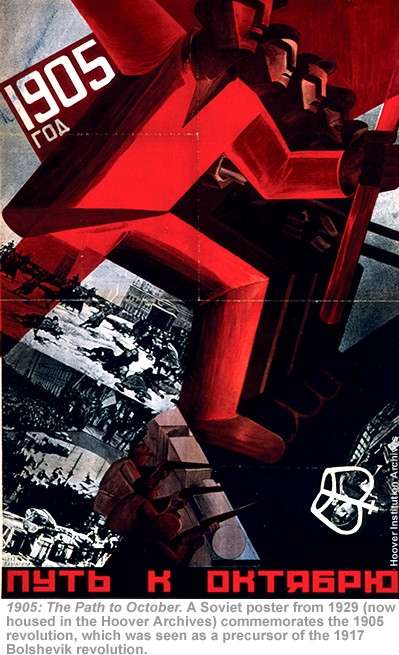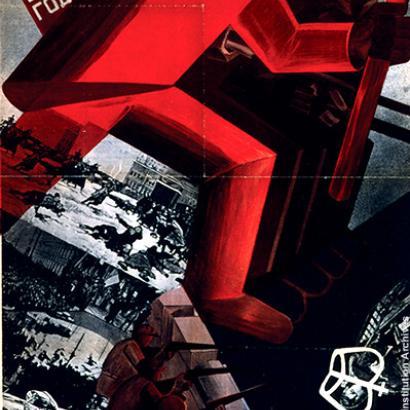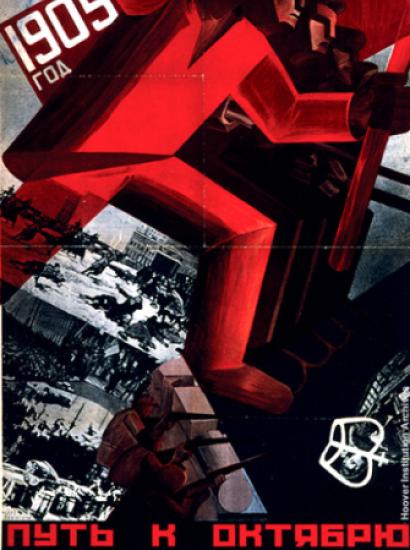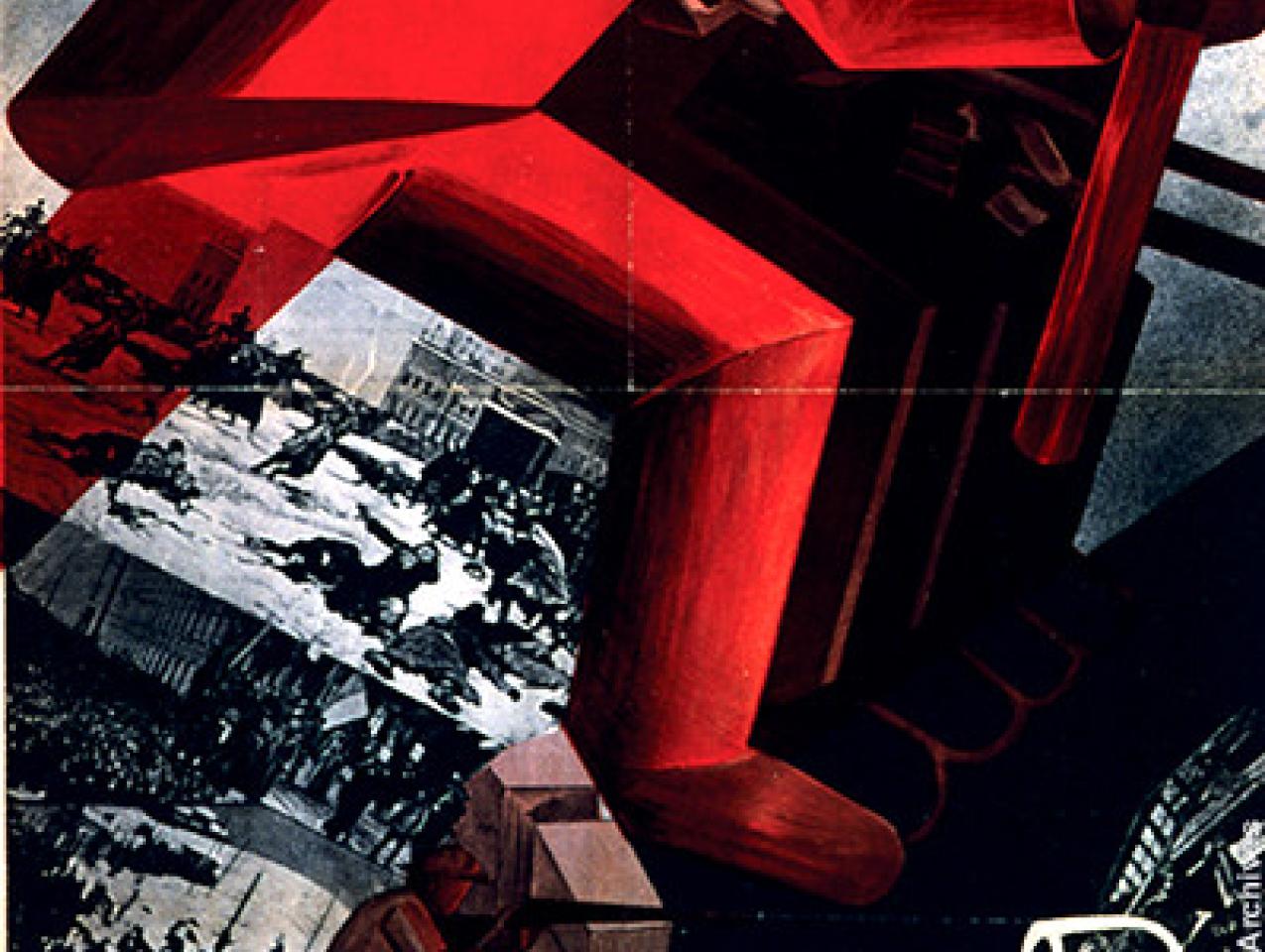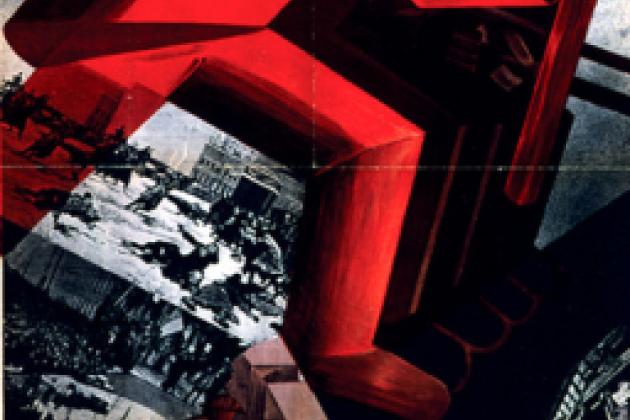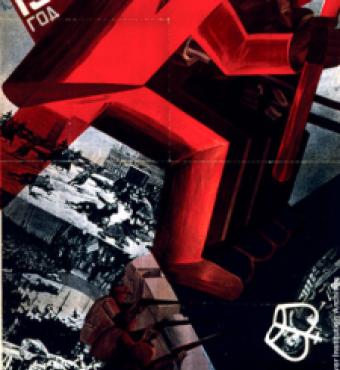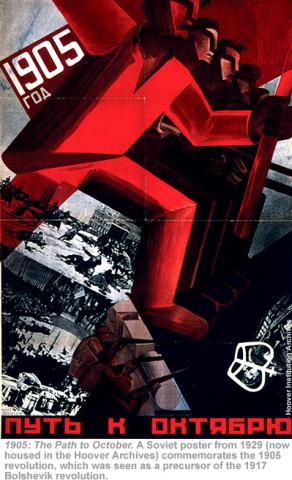- Contemporary
- World
- History
In 1962, President John F. Kennedy said, “Those who make peaceful revolution impossible will make violent revolution inevitable.” I thought of these momentous words as I recalled that this is the centennial year of the first Russian Revolution, which began on what is known as Bloody Sunday, January 22, 1905.
It all started with Father Gapon, a prison chaplain. He led a group of St. Petersburg workers hoping to present to Tsar Nicholas II a petition signed by 135,000 persons calling for political freedoms, including an amnesty for political prisoners and an 8-hour day at a time when 14 or 15 hours were an accepted employer practice. Facing mounting costs of living, the petitioners called for tax reforms including a graduated income tax.
Gapon was no ordinary priest. According to the British historian Robert Service, Gapon fascinated Lenin and had long conversations with him in 1905–6. Lenin recognized that Gapon had an intuitive feel for the Russian workers. Unfortunately, the Socialist-Revolutionary Party suspected Gapon of being a police spy and murdered him in Finland in 1906.
Bloody Sunday arose after the crushing defeats of the tsarist army and navy during the Russo-Japanese war, climaxed by the fall of Port Arthur. The Gapon petitioners demanded an end to the war immediately. They carried portraits of the tsar and saints of the Russian Orthodox Church as they gathered on Winter Palace Square. Without warning, the palace guards fired on the demonstrators, killing 100 and wounding several hundred more.
The 1905 tsarist massacre inspired a spirit of revolt throughout Russia, but it was unorganized and had no agreement on ultimate aims. At one point some 3 million workers were on strike. Even more unprecedented was the organization of a nationwide peasant union. It was then that the word “soviet” was first heard, which means nothing more than “council.”
It was a great opportunity for a revolutionary genius like Lenin, who had put it all in the revolutionary cookbook What Is to Be Done? published in 1902. He realized that the 1905 Bloody Sunday would accomplish little. Tsardom re-emerged, a little blood spattered but very much unbowed. A few Band-Aid reforms were introduced but they didn’t matter. One can argue, counter-factually, that had the tsar stayed out of World War I, the Romanov dynasty might have survived and we wouldn’t be wondering if Anastasia had been the sole Romanov survivor.
Lenin ignored Marx’s “law” that a true proletarian revolution had to be preceded by a bourgeois revolution. He had learned the lessons of 1905, the biggest of which was that, to make a revolution, you needed a controlled party of dedicated revolutionaries.
The year 1905 has been described as the dress rehearsal for the Bolshevik revolution, the low rumbling waves that preceded the tsunami of 1917. One wonders whether looking back from 2105 the world will look as awful as it does today looking back on the last 100 years: two world wars, scores of little wars, the age of the H-bomb and, of course, 9/11.
